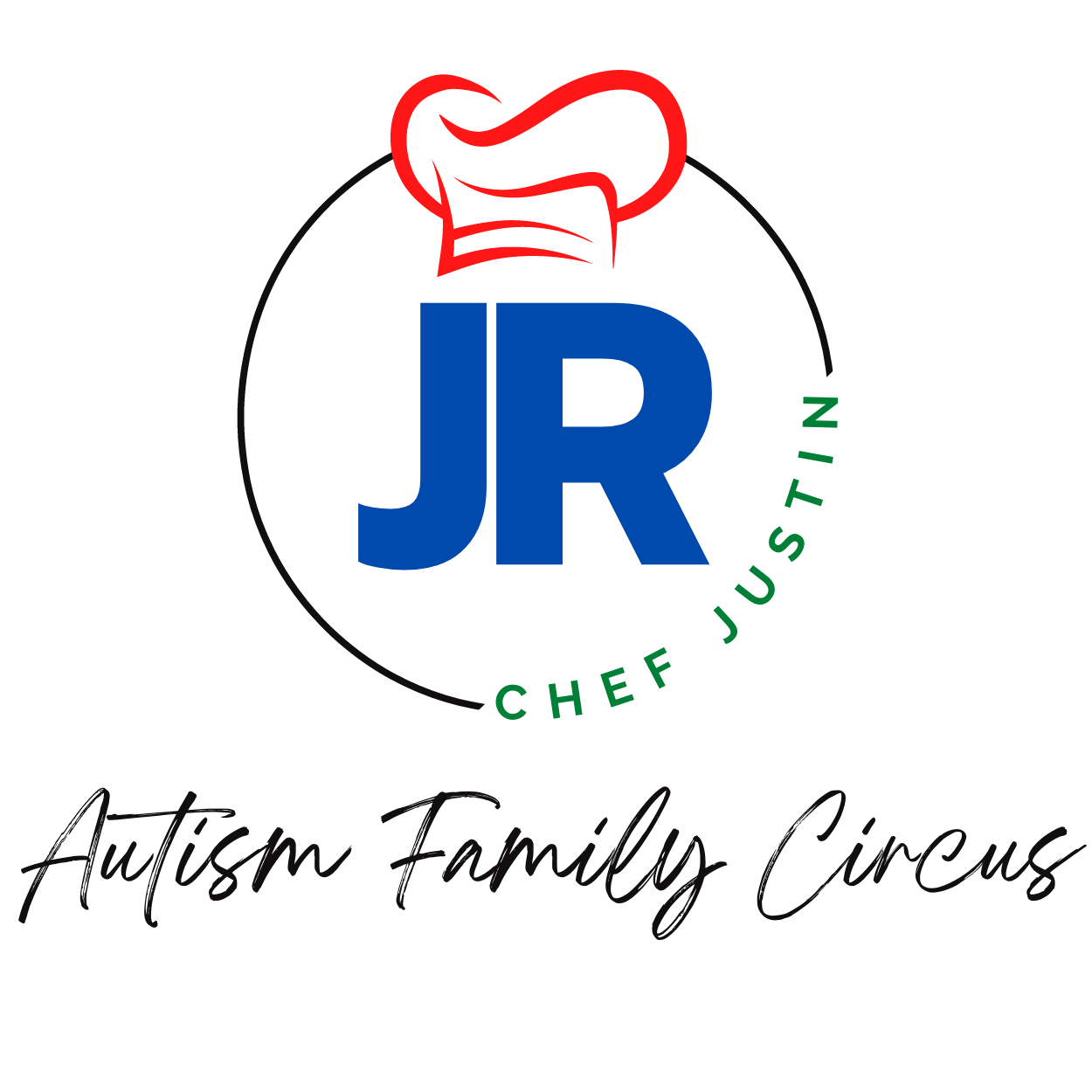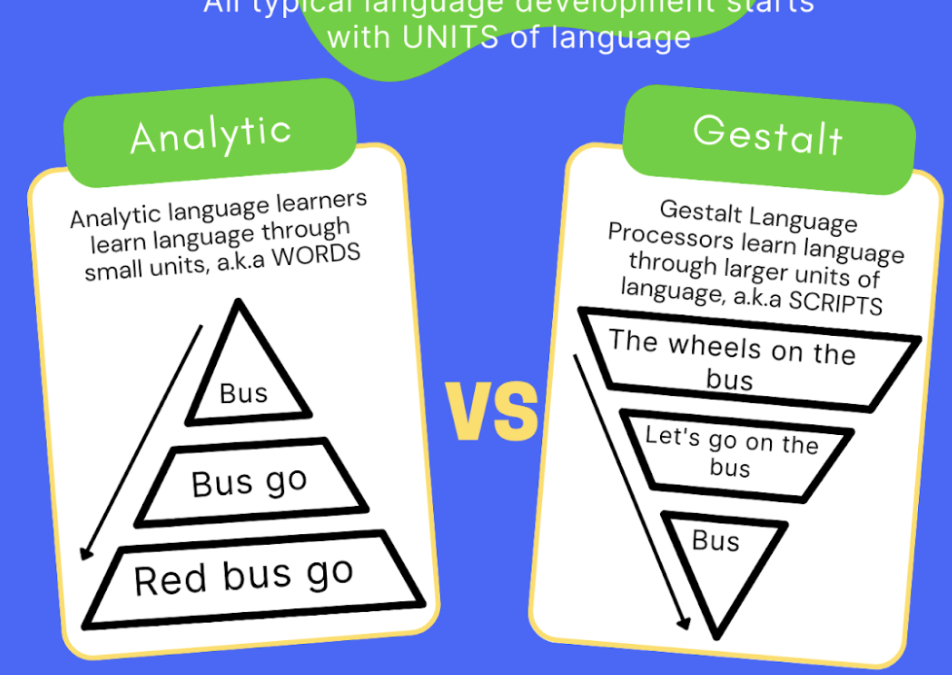One day when Justin was in elementary school his teacher met me at the door and said he is so smart! I told them to put up their art supplies today and he said “ you can’t rush great art “ ! She had no idea that this was a line from Toy Story. He had always quoted movie lines and phrases that flowed well.
Children with autism exhibit a diverse range of learning styles, each with its own challenges and strengths. Among these, gestalt learners stand out for their distinctive approach to processing information. Understanding this learning style is crucial for educators and caregivers to provide effective support and foster meaningful learning experiences.
Gestalt learning is characterized by a holistic, big-picture approach. Rather than focusing on details or individual elements, gestalt learners naturally grasp the entirety of a situation or concept. For children with autism who are gestalt learners, this cognitive style can influence how they perceive and interact with the world around them.
One key aspect of gestalt learning in autism is the tendency to perceive patterns and relationships intuitively. This means that these children may excel in tasks that require seeing connections between seemingly unrelated elements, such as solving complex puzzles or recognizing themes in stories. However, they may struggle with tasks that demand a step-by-step, sequential approach, such as following a set of instructions in a linear fashion. Even at age 24 I can only give Justin two things to do at a time if I get to three he is lost.
Another characteristic of gestalt learners with autism is their strong visual thinking abilities. They often think in pictures rather than words, which can be a valuable asset in fields like art, design, or spatial reasoning tasks. However, this visual thinking style may also lead to challenges in areas that heavily rely on verbal communication or abstract thinking.
When supporting gestalt learners with autism, educators and caregivers can employ strategies tailored to their unique learning style:
1. **Visual Aids**: Utilize visual aids such as diagrams, charts, and images to reinforce concepts and help them make connections visually. We still use these.
2. **Hands-On Learning**: Incorporate hands-on activities and manipulatives to engage their spatial reasoning skills and provide concrete experiences. Amazing Lego and puzzle skills
3. **Structured Visual Schedules**: Use visual schedules and routines to provide a sense of predictability and help them navigate daily tasks more independently.
4. **Multisensory Approaches**: Combine visual, auditory, and tactile stimuli to create a rich learning environment that caters to their varied sensory preferences.
5. **Encourage Big-Picture Thinking**: Foster their natural inclination towards holistic thinking by encouraging discussions about overarching themes and concepts.
6. **Flexibility and Patience**: Be flexible in teaching methods and patient in allowing them time to process information and express their thoughts in their preferred way.
By embracing the unique strengths of gestalt learners with autism and adapting teaching methods accordingly, educators and caregivers can create inclusive learning environments where these children can thrive and reach their full potential.

